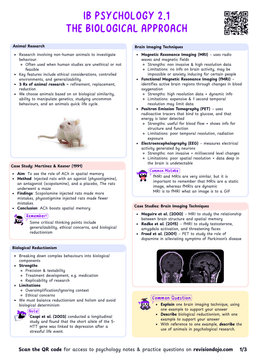Reducing Bias in Studies
Bias
Bias is a systematic error that can distort the results of a study, leading to invalid conclusions.
Bias can occur at any stage of the research process, from the design of the study to the interpretation of the results.
Double-Blind Procedure
- The double-blind procedure is a technique used to eliminate bias in experiments
- It ensures that neither the participants nor the researchers know which group the participants are assigned to.
Rosenthal and Fode (1963)
- This study demonstrated the impact of experimenter bias on the behavior of participants.
- Researchers trained two groups of students to handle rats, telling one group that their rats were "maze-bright" and the other that their rats were "maze-dull."
- In reality, the rats were identical. The results showed that the "maze-bright" rats performed better, highlighting the influence of researcher expectations on participant behavior.
Random Allocation
- Random allocation is the process of assigning participants to groups in an experiment randomly
- This ensures that each participant has an equal chance of being placed in any group.
Bouchard et al. (1990)
- In the Minnesota Twin Study, researchers used random allocation to assign twins to different conditions, ensuring that the groups were comparable.
- This helped control for confounding variables and increased the validity of the findings on the heritability of intelligence.
Reflexivity
- Reflexivity involves researchers reflecting on their own biases and how these might influence the research process.


